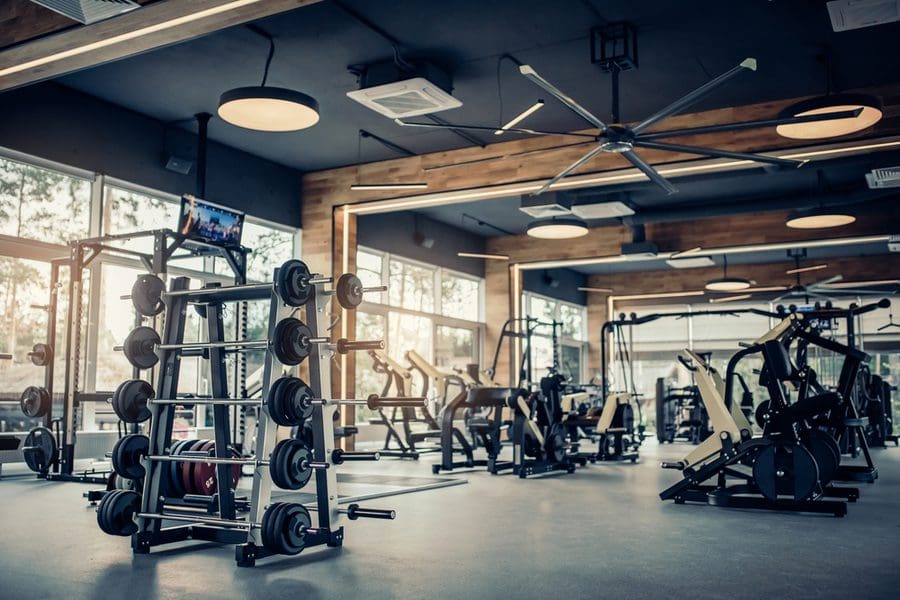Gyms are reopening across the country, but should you head to the great indoors for your next workout? Health researchers caution about the risk of exposure to Covid-19. Here are some questions to consider when you think about abandoning your outdoor or at home exercise routine and heading back to the gym. Ask your fitness studio about their policies, then go with your gut instinct and personal observation about whether the gym is putting those policies into place.
Is your community transmission getting lower or spiking?
Your chance of exposure increases when there are growing numbers of coronavirus cases in your area. Consider avoiding the gym if your region is seeing a spike. You’ll not only protect yourself but also play a role in helping stop the virus spread in your community.
How crowded is the space?
Energetic dance and spin classes produce turbulent airflow that can spread Covid-19, according to CDC research. The more strenuous your exertion, the harder you breathe and the greater potential that your exhalations will travel further than six feet. Is your gym or dance studio providing enough space between patrons? Some studios are limiting classes to half their normal numbers and placing stickers on the floor as a reminder of how far apart to stand. Others are moving weight machines, yoga mats and Pilates reformers at least six feet apart. Some gyms are reducing lobby crowds by staggering class start times.
How long is your visit?
Take measures before you arrive to make your stay a short one. Do your stretching outside or replace your indoor warm-up and cool-down with a jog or walk outdoors. Plan to change clothes and shower at home after your workout. The idea is to limit the length of your exposure in a space shared by the public.
How good is the ventilation?
We know that poor ventilation can help spread the coronavirus. Ask your gym if their HVAC system is working and whether it mixes in fresh air instead of just circulating air without any outside ventilation. Appropriate filters and adequate air turnover are crucial for indoor spaces, and some gyms are adding ultraviolet light to their systems to disinfect the air.
How effective is cleanup?
Ask your gym if their disinfecting products are on the Environmental Protection Agency’s List N. Check to see that your gym practices the recommended wet times and contact times, which can be up to three minutes. Some facilities are adding staff to do the extra cleaning of exercise equipment and frequently touched surfaces. Others are lengthening delays between classes to give staff extra time for disinfecting.
What about the other guy?
Show up only if you are completely healthy. Stay home if you feel sick. Don’t go if you are experiencing symptoms that feel like the flu: frequent coughing or sneezing, fever, shortness of breath. Also steer clear of the fitness studio if you live or work with someone who has tested positive for Covid-19. You’ve had a chance of being exposed to the disease and you could spread the virus to others.
Take a cue from the gyms that are taking every employee’s temperature at the beginning of shifts and sending home any worker who has a reading of 100.4 or higher. Some fitness studios are requiring clients also to undergo touchless temperature readings.
What about masks?
Does your yoga studio require staff to wear masks? Do they ask clients to don masks as well? Health experts recommend wearing masks while exercising indoors, but they recognize cloth masks can slip and fall. Exertion and sweat can dampen masks and reduce their effectiveness. Find a mask that’s adjustable so that you can fit it properly to keep your nose and mouth covered. Breathing through a mask can be difficult, so try exercising at a reduced level while you get used to wearing a mask.
Would you take care of hygiene?
When you are in the gym, protect yourself. Wash your hands for at least 20 seconds, and frequently. Avoid touching your face. Protect your neighbor. If you cough into your hand, clean your hand before you touch the gym equipment.






